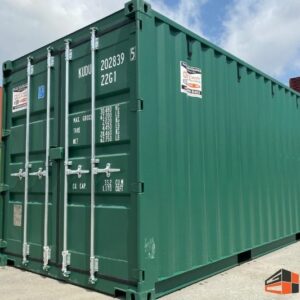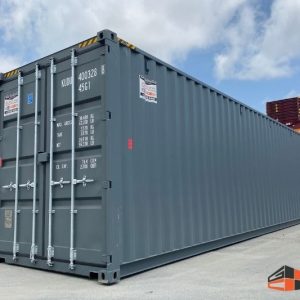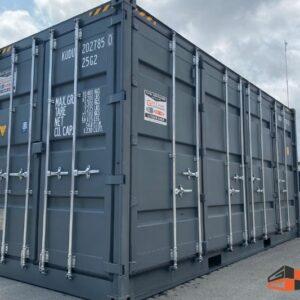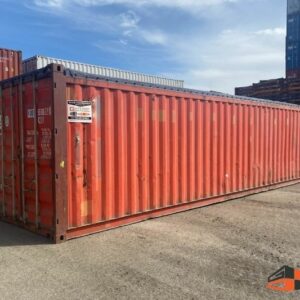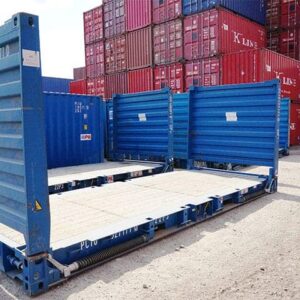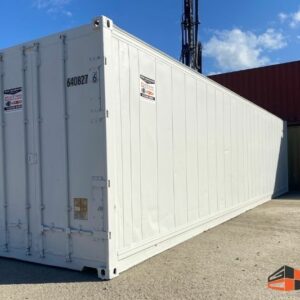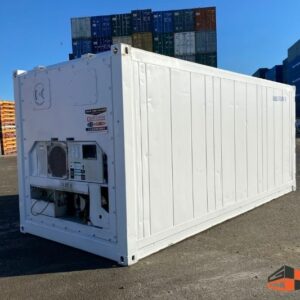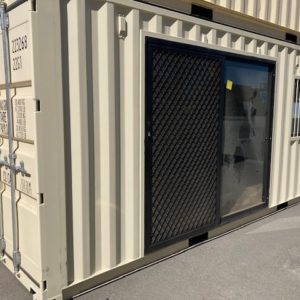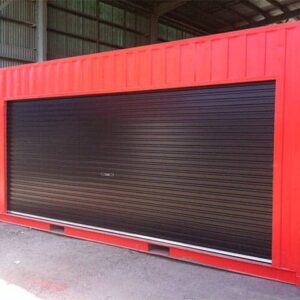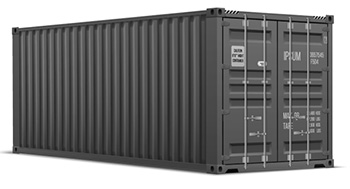
Gateway is the way to go
BRISBANE SHIPPING CONTAINER EXPERTS
Many things can go wrong when you buy a shipping container. Gateway’s not one of them. With a raving rating of 4.9 from over 300+ customers, the highest of quality standards, and the lowest prices in Brisbane, you’re in the right place.
Get a QuoteGateway Guarantee™
On time delivery, or we’ll credit up to $150* on your delivery charge.
Learn More >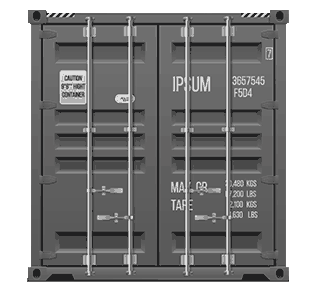
STANDARD SHIPPING CONTAINERS
We sell only the highest quality shipping containers
Delivery available to Brisbane, Southeast QLD and Northern NSW
From small storage containers to put your belongings away, or a large container to build your next big project, we’ve got you covered. Need one that opens on the side or the front? We have a range of shipping containers for all types and sizes, so you get just the right size and fit for your needs.
Delivery available to Brisbane, Southeast QLD and Northern NSW
From small storage containers to put your belongings away, or a large container to build your next big project, we’ve got you covered. Need one that opens on the side or the front? We have a range of shipping containers for all types and sizes, so you get just the right size and fit for your needs.
SHIPPING CONTAINER MODIFICATIONS
Customise your shipping container to your heart’s content.
Need a branded container? Storing flammable goods, or you just need specific containers that match your exact requirements? Gateway’s Containerologists™ are here to help. Tell us your most demanding specifications, and we’ll tailor just the right box to suit those standards.
Need a branded container? Storing flammable goods, or you just need specific containers that match your exact requirements? Gateway’s Containerologists™ are here to help. Tell us your most demanding specifications, and we’ll tailor just the right box to suit those standards.
LOW COSTS, HIGH QUALITY
Costs so low, even our competition buys from us to sell to you
Why pay more to a middleman to lift a few fingers? At Gateway, we buy direct from shipping lines worldwide so you can enjoy a container fit for purpose, delivered fast and at the right price – Guaranteed.
Why pay more to a middleman to lift a few fingers? At Gateway, we buy direct from shipping lines worldwide so you can enjoy a container fit for purpose, delivered fast and at the right price – Guaranteed.
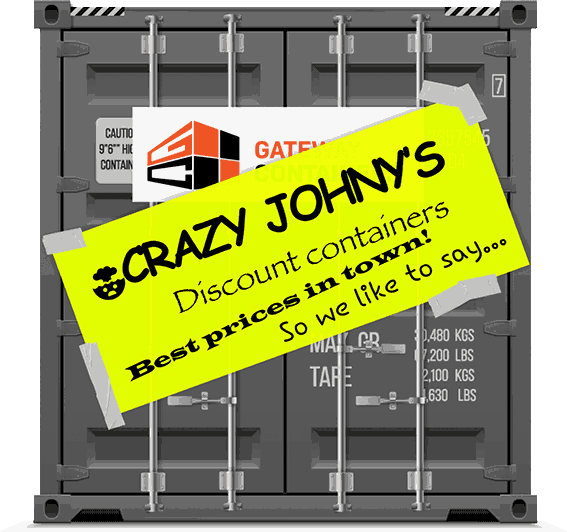
EXCEPTIONAL SERVICE
Here’s why 300+ customers left a glowing review
UNBEATABLE SERVICE
Focus on the box you want. Leave the technical details to US.
Go beyond just a box with Gateway. From electrical fitouts to ventilation and insulation, get it all done the right way with Gateway. Using only industry-approved materials and experienced tradies, we’ll get your container needs sorted.
Go beyond just a box with Gateway. From electrical fitouts to ventilation and insulation, get it all done the right way with Gateway. Using only industry-approved materials and experienced tradies, we’ll get your container needs sorted.

HERE FOR YOU
ANYTIME!
Get Expert Tailored Advice
We’re committed to giving our clients the best advice, based on decades of experience.
Buy Direct and Save
We source the best containers available and pass the savings directly to our customers.
Container Modification Workshop On-Site
We work closely with you to make sure that your container meets your specific needs and is delivered to your site.
On-site Storage
Gateway offers leading self-storage at a secure and professionally managed location if you don’t have the space.
No Nonsense Guarantee
We provide a full service that includes the option of having us arrange transportation of containers to and from your site.
Servicing Queensland and Northern NSW
Gateway ships containers across South East, Northern, and Centre Queensland, as well as Northern New South Wales.
Buy Back Policy
We will buy back the shipping container that was originally supplied by Gateway at a percentage of original purchase costs.
Industry Specialised Container Solutions
Gateway have specialised solutions and years of experience working in many different industries.
Transparent Terms and Conditions
Want to know how we operate? You can read through our full terms and conditions, we have nothing to hide.
GATEWAY DELIVERY
Beep, beep. Your new shipping container has arrived
Don’t worry about the nitty gritty details of transporting your shipping container from depot to doorstep. Whether construction yard or backyard, we’ve got you covered with on-time, on-price, and on-site delivery backed by a Gateway Guarantee™.
Don’t worry about the nitty gritty details of transporting your shipping container from depot to doorstep. Whether construction yard or backyard, we’ve got you covered with on-time, on-price, and on-site delivery backed by a Gateway Guarantee™.
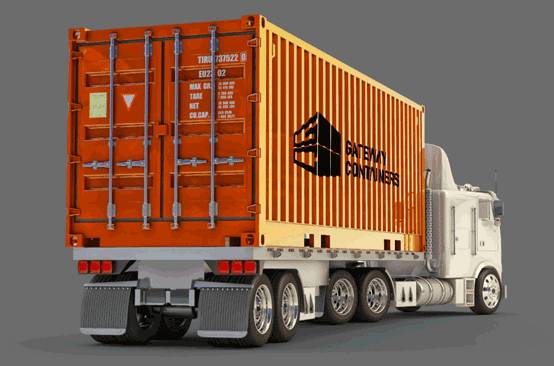
Order your container
Choose the exact container that you need, or let our Containerologists™ customise one for you.
Learn More >Choose a slot
Select a delivery day that works best for you. Our only requirement is that you’re around to watch.
Learn More >Gateway delivers
We’ll handle the fuss of moving your containers from depot to location. Skilled tradies and drivers only.
Learn More >Gateway Guarantee™
If we fail to deliver on time, we’ll credit your delivery charge up to $150*.
Learn More >With you all the way!
INDUSTRY LEADING AFTERCARE. THAT’S GATEWAY.
Choosing Gateway means you’re choosing a dedicated partner for all your shipping container needs. We are committed to providing outstanding support and aftercare, ensuring you always have the help you need, when you need it. Experience the unwavering commitment and exceptional service that define Gateway.
 Resolve all your container issues with our Gateway Containerologists™
Resolve all your container issues with our Gateway Containerologists™ Get clear solutions to every possible container problem
Get clear solutions to every possible container problem Easy swap-over and trade-ins if required
Easy swap-over and trade-ins if required
Choosing Gateway means you’re choosing a dedicated partner for all your shipping container needs. We are committed to providing outstanding support and aftercare, ensuring you always have the help you need, when you need it. Experience the unwavering commitment and exceptional service that define Gateway.
Resolve all your container issues with our Gateway Containerologists™
Get clear solutions to every possible container problem
Easy swap-over and trade-ins if required
EXPERIENCE THE GATEWAY DIFFERENCE
Cost proof.
Scam proof.
The Covid pandemic has created a challenging environment, and there are a lot of scams out there. Not with Gateway. When you purchase a shipping container from us, you can rest assured that we only sell legitimate containers at a sweet price point that won’t land you in hot water.
At Gateway, transparency is the heart of our business model. We welcome you to visit our customer-centric depot to personally inspect your desired container before making any purchasing decision. We believe in making our operations clear to you, that’s how we prove our commitment to a scam-free service!
The Covid pandemic has created a challenging environment, and there are a lot of scams out there. Not with Gateway. When you purchase a shipping container from us, you can rest assured that we only sell legitimate containers at a sweet price point that won’t land you in hot water.
At Gateway, transparency is the heart of our business model. We welcome you to visit our customer-centric depot to personally inspect your desired container before making any purchasing decision. We believe in making our operations clear to you, that’s how we prove our commitment to a scam-free service!
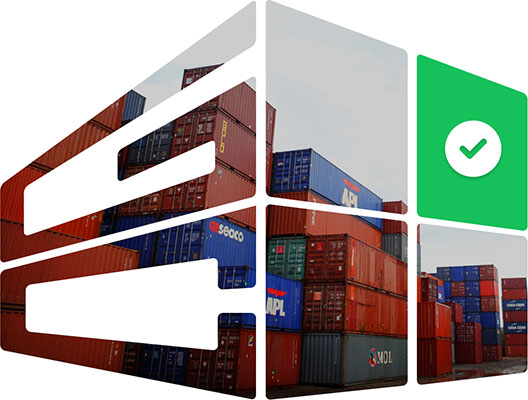
Unlocking Answers
Navigating the world of shipping containers sales can often raise questions – and we’re here to answer them. Our FAQ section is designed to provide clear and concise responses to the most common inquiries we encounter. Whether you’re curious about our product range, pricing, quality assurance or after-sales service, you can find the answers here. Our mission is to offer transparency and ease your buying process, ensuring you feel confident when choosing Gateway for your shipping container needs.
GET THE LATEST RATES
Want the latest rates?
ChatterBox™ can help.
Click here to start a chat with ChatterBox™ to get our latest prices. Don’t worry — if you need extra help, our sales team are always available.
Click here to start a chat with ChatterBox™ to get our latest prices. Don’t worry — if you need extra help, our sales team are always available.


